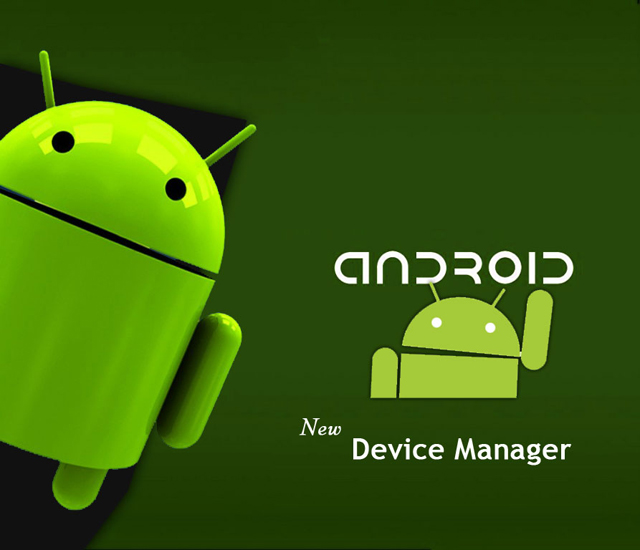
By Molly McLaughlin
Android OS Expert
Losing your Android smartphone or tablet
can be stressful, since, these days, it feels like your whole life is
on it. Android's Device Manager helps you locate, and if necessary,
remotely lock down your device or even wipe it clean. The first thing
you need to do is make sure that you've enabled this feature and
probably prepared your device.
Check Your Settings
While you have your device in hand, check to make sure you've enabled the device manager. Depending on the device you have, you'll either have a separate app called Google Settings, or you'll have to go into settings and scroll down to the Google option. (If your app drawer has a Google folder in it, you'll find Google Settings there.) From either, you then tap security, and you'll see Android Device Manager. Here you can enable or disable "remotely locate this device" and "remote locate and erase."
While you have your device in hand, check to make sure you've enabled the device manager. Depending on the device you have, you'll either have a separate app called Google Settings, or you'll have to go into settings and scroll down to the Google option. (If your app drawer has a Google folder in it, you'll find Google Settings there.) From either, you then tap security, and you'll see Android Device Manager. Here you can enable or disable "remotely locate this device" and "remote locate and erase."
In
order to remotely locate your device, you'll obviously have to enable
location services, which can eat up your battery, so it's something to
consider.
Location is not required to remotely lock and erase your device.
For
obvious reasons, you must be logged into your Google account on the
device as well. Also be sure that you haven't hidden the device on
Google Play or it won't show up in the device manager.
Test the Device Manager
Once you've verified that you have the correct settings in place, it's worth giving the device manager a test. Go to: android.com/devicemanager and log into your Google account.
Once you've verified that you have the correct settings in place, it's worth giving the device manager a test. Go to: android.com/devicemanager and log into your Google account.
What You Can Do With the Device Manager
Once you have it up and running, you can do one of three things with the device manager. First, you can make your phone ring, if you can't find it at home, or think you simply misplaced it. Of course, if your phone is on silent, this won't help.
Once you have it up and running, you can do one of three things with the device manager. First, you can make your phone ring, if you can't find it at home, or think you simply misplaced it. Of course, if your phone is on silent, this won't help.
Second, you can lock your phone
remotely if you think you've lost it or that it's been stolen. In this
case, you'll create a password that will replace your lock screen
(whether you unlock your phone with a pattern, pin or other method. You
can also add a recovery message; for instance, contact information for a
good samaritan who wants to return the phone.
Finally, if you
don't think you're getting your device back, you can wipe it so that no
one can access your data. This performs a factory reset of your device,
but Google warns that it may not be able to erase your SD card, if you
have one. In addition, if your phone isn't connected to the Internet,
you won't be able to wipe it until it regains a connection.
Alternatives to Android Device Manager
Android users always have a lot of options, and this is no exception. Samsung has a feature called Find My Mobile, which is linked to your Samsung account. Once you've registered your device, you can use Find My Mobile to locate your phone, ring your phone, lock your screen, wipe the device, and put it in emergency mode. You can also unlock the phone remotely. Again, you'll need to have location services on to use some of these features.
Android users always have a lot of options, and this is no exception. Samsung has a feature called Find My Mobile, which is linked to your Samsung account. Once you've registered your device, you can use Find My Mobile to locate your phone, ring your phone, lock your screen, wipe the device, and put it in emergency mode. You can also unlock the phone remotely. Again, you'll need to have location services on to use some of these features.
Have you ever used these services to find a lost phone? Let me know on Facebook and Twitter. I'd love to hear from you.
source: about.com






















